Check out our detailed list of the Best Nightshade Vegetables and Fruits to Grow in Pots and Gardens easily!
Here are the Best Nightshade Vegetables and Fruits to Grow in Pots and Gardens. They take little space, and you can grow them in containers on your patio or balcony.
Find How to Grow Solanum rantonnetii here
About Nightshade Vegetables and Fruits
Nightshade is a large group of plants from the Solanaceae family and includes toxic alkaloids, including solanine.
However, the fruits and vegetables in the same plant category available at the grocery store are safe to consume. This is due to the quantity of this poisonous compound being reduced to non-toxic levels when vegetables and fruits ripen.
Check out our list of edible plants that grow best in the shade here
Best Nightshade Vegetables and Fruits to Grow in Pots and Gardens
1. Potatoes
Botanical Name: Solanum tuberosum
Potatoes are a staple ingredient in many cuisines. It grows as underground tubers on herbaceous annuals and can be grown in home gardens.
Growing Tips: Find How to Grow Potatoes in Pots here
2. Tomatoes

Botanical Name: Solanum Lycopersicum
This nightshade family member is botanically a fruit but is used as a vegetable in dishes worldwide. Tomatoes can be grown indoors if you lack outdoor space.
Growing Tips: Find Everything About Growing Tomatoes Indoors here
3. African Black Nightshade

Botanical Name: Solanum scabrum
Also known as ‘Garden huckleberry,’ the shoots and leaves are edible. Berries are bitter and cannot be consumed.
Growing Tips: Propagate it from seeds in pots or plant it directly in the garden.
4. Bell Peppers
Botanical Name: Capsicum annuum Group
Also popular as capsicum or sweet pepper, this pepper cultivar from the nightshade family (Solanaceae) is planted for its mild, thick red, green, and yellow fruits.
Growing Tips: Learn Growing Bell Peppers in Pots and Containers here
5. Eggplant
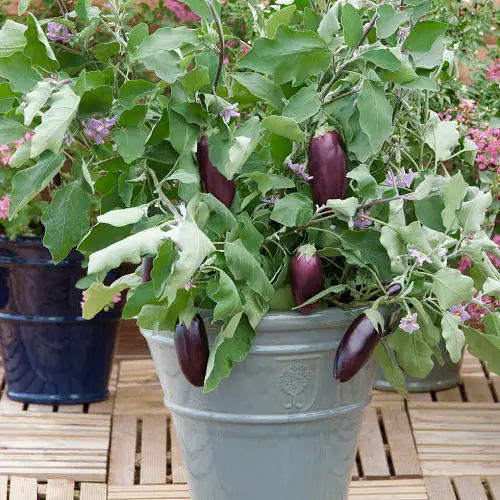
Botanical Name: Solanum melongena
This tropical, perennial vegetable is a medium-sized bush; nowadays, dwarf and compact cultivars are available for small spaces.
Growing Tips: Find How to Grow an Eggplant in a Pot here
6. African Eggplant
Botanical Name: Solanum aethiopicum
Also known as Ethiopian nightshade and bitter tomato, this vegetable is a staple in African dishes. It can be consumed in raw and cooked rice, meat, and vegetable cuisines.
Growing Tips: Grow African eggplant in full sun and well-draining soil
7. Tomatillos
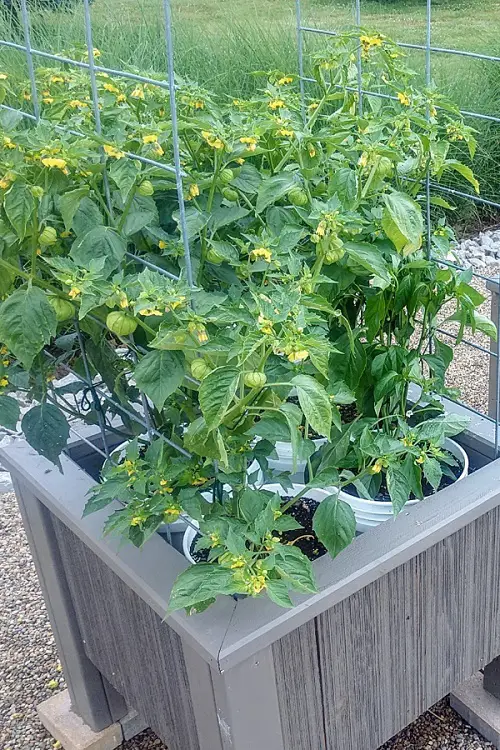
Botanical Name: Physalis philadelphica
This herbaceous perennial is treated like its relative, the tomato. It is an essential ingredient of many Mexican salsas.
Growing Tips: Grow this vegetable in well-draining, fertile soil under full sun.
8. Hot Peppers
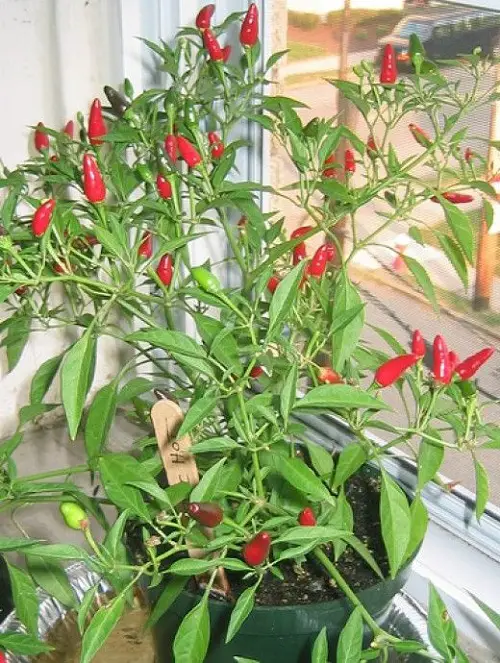
Botanical Name: Capsicum frutescens
Hot peppers have extensive use in various dishes; this short living perennial in tropical and subtropical areas needs care in winter. Some types are grown as perennial in zones 7-8.
Growing Tips: Find How To Grow Chili Peppers In Pots here
9. Goji Berries
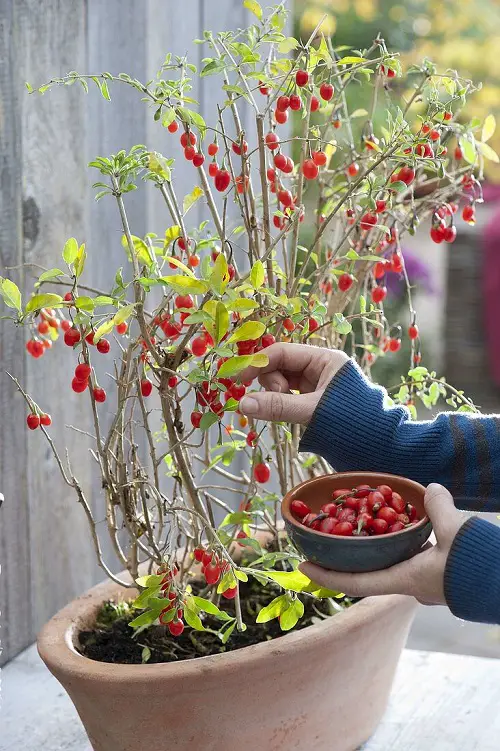
Botanical Name: Lycium barbarum
Goji berries are also known as wolfberry; it is used in traditional Chinese medicine. The fruits appear as orange-red berries.
Growing Tips: Learn How to Grow Goji Berries here
10. Cape Gooseberry

Botanical Name: Physalis peruviana
Native to Ecuador, Colombia, and Peru, this small orange berry has a paper-like husk. The fruit is used in pies, sauces, and preserves in mild climates.
Growing Tips: Grow cape gooseberry in well-draining, highly-fertile soil.
11. Pepino Melon
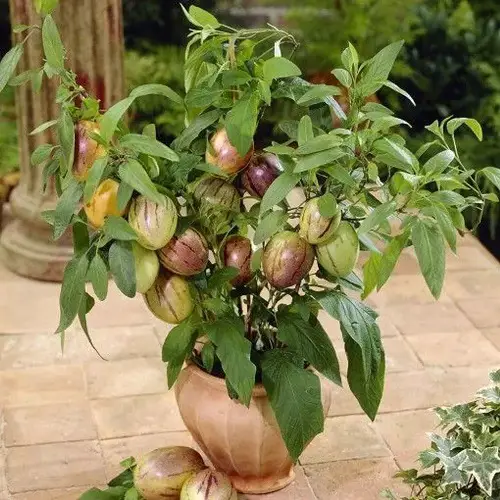
Botanical Name: Solanum muricatum
This fruit is related to the nightshade family; it is not a melon but got a resemblance. It can be eaten fresh and raw or added to salads.
Growing tips: Grow Pepino melon from seeds or cuttings; the plant will bear fruits within 4-6 months after planting.
12. Rocoto Pepper

Botanical Name: Capsicum pubescens
Rocoto Pepper is a pear or apple-shaped pepper that looks like a small bell pepper. However, this pepper is packed with an intense level of heat and delicious flavor.
Growing tips: This super hot pepper can thrive well in cooler temperatures and loves a temperature range of 45-60˚F or 7-15°C. You can also grow in partial shade in warmer zones or grow in a greenhouse in winter.
13. Tamarillo
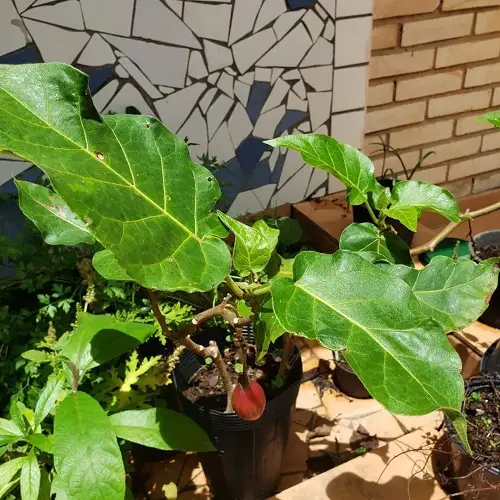
Botanical Name: Solanum betaceum
Tamarillo is native to South America and has grown everywhere now. This reddish edible fruit is tangy and sweet with a complex and bold taste. The taste can be compared to guava, passion fruit, kiwifruit, or tomato.
Growing tips: Remember to grow this fruit in a sunny spot and rich, well-draining soil with a pH range of 5.8-7. Dig in manure when planting this fruit and feed regularly.
14. Blueberries

Botanical Name: Vaccinium meridionale
Blueberries do not exactly come under the nightshade family, but they contain solanine, like the plants in nightshade do. The small, round, blue-purple berries are usually eaten fresh or enjoyed frozen.
Growing tips: Blueberries can grow best in full sunlight and well-draining soil and tolerate partial shade. However, too much shade can cause lesser fruits and blooms. Sprinkle some coffee grounds around the base of the plant to make the berries taste sweeter.





